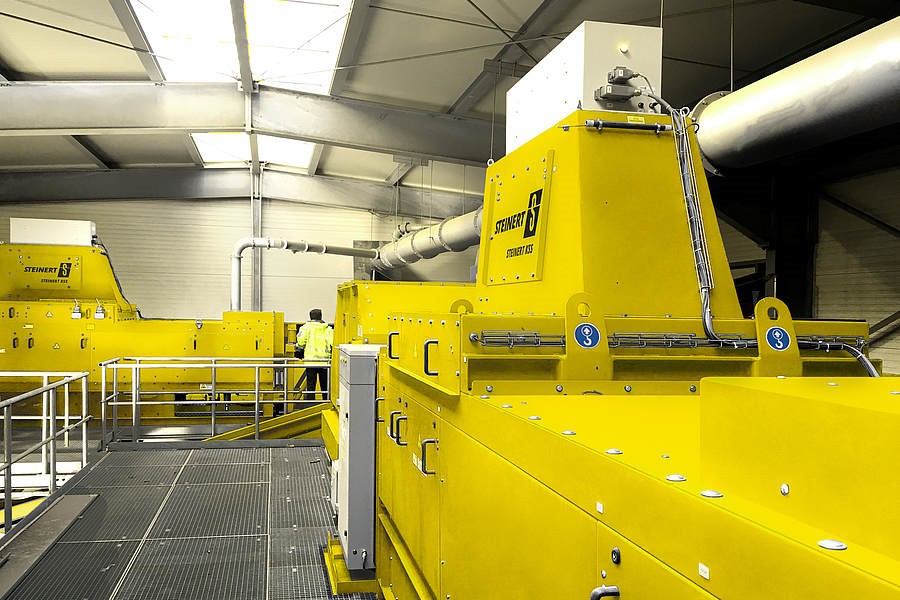

STEINER, one of the world’s leading companies in magnetic separation and sensor sorting, has started operations of the first industrial Laser-Induced Breakdown Spectroscopy (LIBS) system for separating aluminium scrap alloys, which will be introduced at the Aluminium trade fair in Düsseldorf, 9-11 October 2018, Hall 11, Stand 11H60.
STEINER said it is setting a milestone in the processing of aluminium scrap. By introducing the first LIBS sorting system in Europe, the company is bridging a crucial gap for its customer, an aluminium recycler, who will be able to use even more secondary scrap.
{alcircleadd}
Source:steinertglobal.com
The company said in its press release that “returning aluminium to recycling circuits requires pure fractions which processors can only manufacture on a step-by-step basis. The recycling process initially involves the separation of ferrous and non-ferrous metals – both of which are possible with STEINERT’s magnetic separation technology.”
The next step involves the key technology: X-ray transmission separates heavy metals from light metals. This produces defined, clean aluminium mixtures. The STEINERT XSS T has been tried and tested in this area for years and is considered to be state-of-the-art worldwide.
“The combination of multiple sensors with X-ray transmission technology in the design of the STEINERT KSS is in demand to achieve an even greater sorting depth. It consists of a platform which deploys various sensors such as 3D, colour and induction recognition. The system can also be supplemented with a fourth sensor (near-infrared, X-ray transmission or X-ray fluorescence sensor). To recover the ZORBA fraction – the mixture of light and heavy metals – materials are separated using methods including X-ray technology into aluminium and the group fraction of copper, brass, zinc, etc.
The STEINERT LSS is the missing link for aluminium recyclers, which separates pre-sorted aluminium scrap into its alloys, has been put into operation for the first time. This sorting system allows the customer to separate multiple alloys with just one detection by the LIBS sensor. LIBS is a technology used for elemental analysis.
The sorting of alloys involves first separating the shredded material mixture in such a way that the material is fed past the laser so that the laser pulses hit the surface of the material. This causes tiny particles of material to evaporate, according to the company.
The emitted energy spectrum is recorded and analysed simultaneously to detect the alloy and the specific alloy components of each individual object. Different materials are detected in the first part of the machine. Compressed air valves then shoot these into different container in the second part of the machine, depending on their elemental composition.
Uwe Habich, Technical Director of STEINERT said: “The demand for this sorting method, which is up to 99.9% accurate, is increasing – our order books are filling up already. The separation of the material and the multiple outputs are of primary importance for our customers.”



Responses






